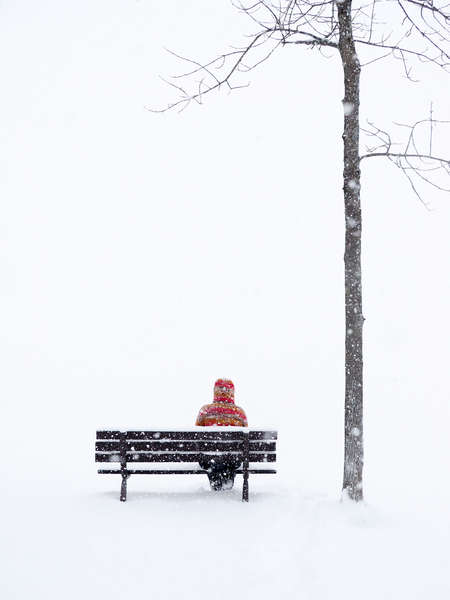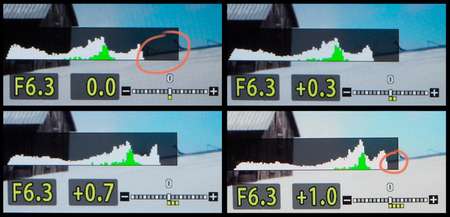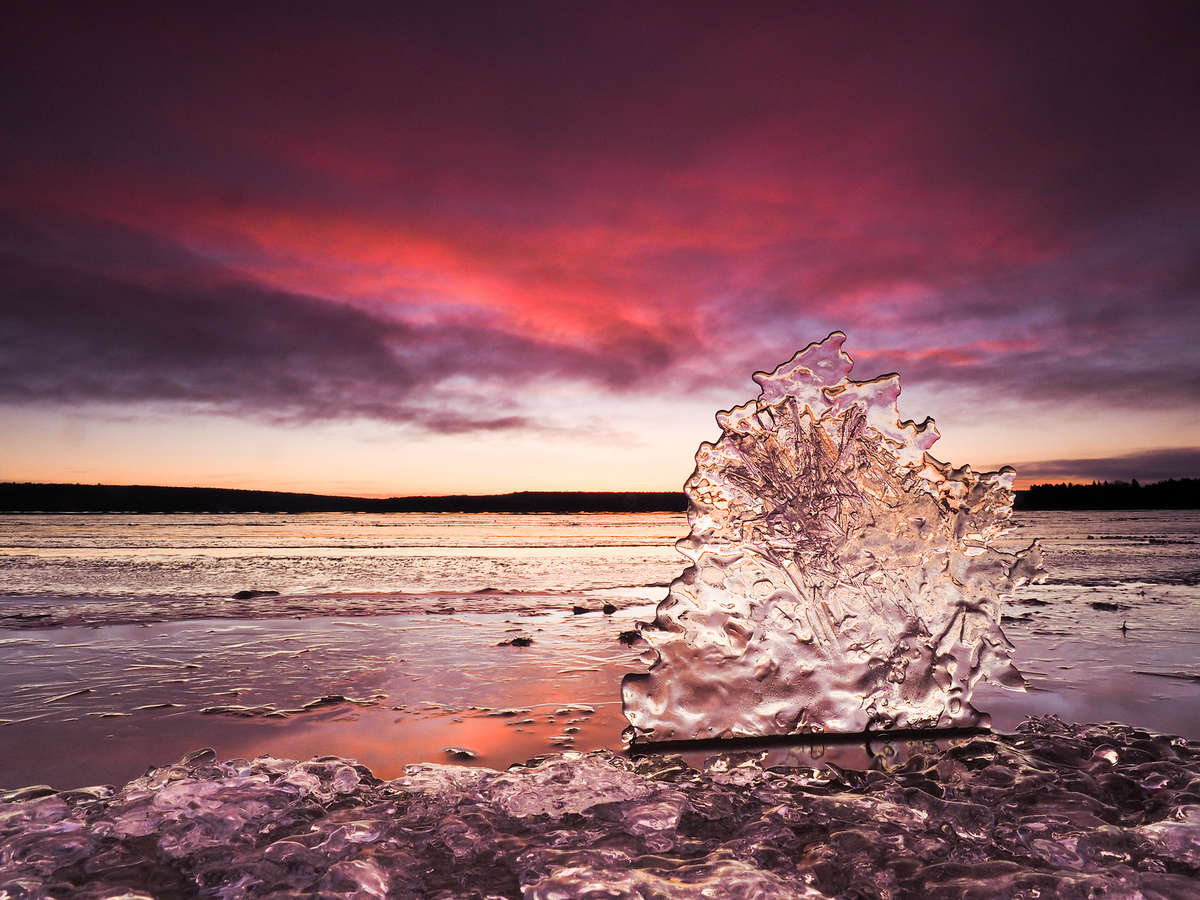Winter can be a great time to get out and do some shooting, but it comes with challenges (and opportunities) that you won’t find in any other season. Here are some tips that I use to help ensure greater success with my winter photos.
WINTER’S COLD. DRESS FOR IT!
This may seem obvious, but it’s worth mentioning. You can’t enjoy an outdoor photo adventure if you’re cold and miserable. Here’s a quick run-down of some things to consider:
Dress in layers - This includes your legs. Make sure your outer layer will cut through the wind.
Avoid cotton - Instead wear polyester fleece, including fleece long underwear. It will wick away sweat and keep you dry and warm.
Keep your extremities warm - Good, dry boots, gloves and hat are critical - I wear photographer’s gloves when the temperatures hover around the freezing point, but once they really start to plummet I switch to my thick, heavy winter gloves. It makes handling the camera more challenging, but I would rather take the gloves off for a few seconds in order to change settings and ensure that I have warm hands the rest of the time.
AN EXTRA BATTERY
Last winter I was out shooting with the E-M1 for over three hours in below freezing temperatures and the battery kept its charge for the whole time. I was impressed. Even so, I always keep an extra battery in my pocket where my body heat can keep it warm.
FIGHT FOGGING UP
In the winter your lens is unlikely to fog up while shooting outdoors. The problem occurs when you return to your warm car or other interior with higher humidity. Moisture will begin to condense on the colder glass of the lens. Place the lens cap back on the lens and return the camera to your camera bag before you enter a warmer space. Speaking of lens caps, here’s a simple tip that can definitely save some frustration. If you pocket your lens cap while shooting like I do, turn it so that the inside surface of the cap is facing away from your body. This will prevent the moisture from your sweat accumulating on it and condensing on your lens when you replace the lens cap.
Near white-out conditions helped to isolate my subject, the park bench and the bare tree from any distractions, creating a nice minimalist look & feel.
BRING EXTRA LENS CLOTHS
As mentioned I’m often out shooting in less than ideal weather conditions - rain, snow or spray from waves often ends up on my front lens element. I keep several lens cloths handy. Once a lens cloth is damp it is practically useless for cleaning off your lens. Just remember to dry them fully once you return home.
Now that the planning is done, let’s get out and shoot!
FOOTPRINTS IN THE SNOW
I love getting out after a fresh blanket of snow has fallen. But, think carefully about your composition as you approach your subject since nothing can ruin that blanket more than your own footprints. Start by shooting wide and then moving closer to your subject to avoid disturbing the snow. If you want to open up even more opportunities invest in a good pair of snowshoes to make easier work of trudging through deep snow.
USE THE HISTOGRAM
If you have ever been disappointed with the white snow you see turning grey in your photos, you are not alone. It is your camera’s natural tendency to tone down bright areas. Bring back those whites by using the built-in HISTOGRAM. By dialing up the exposure you can eliminate the grays. Just don’t overdo it or you will blow out those highlights completely. The ergonomics of the OM-D line of cameras makes exposure compensation a snap and the electronic viewfinder allows for quick adjustments without ever taking your eye off the histogram and scene you are photographing.
GET MORE TIPS ABOUT KEEPING YOUR SNOW PHOTOS BRIGHT FROM PETER.
CAPTURE THE COLOR
Winter may not be considered a colorful season, but some of the best sunrises and sunsets occur at this time of the year. Get out early and stay out late to capture some of that amazing color. Scout around for a great point of interest ahead of time, and when that sunset presents itself you will be ready. GET MORE SUNSET TIPS FROM PETER.
TRY SHOOTING MACRO
We typically think of shooting macro in our gardens, but the ice and frost can make for some very interesting subjects. Move around these natural ice sculptures to see how the light refracts from different angles. I use both the Olympus M.Zuiko 60MM MACRO lens and a good telephoto lens like M.Zuiko ED 40-150MM F2.8 PRO or new M.Zuiko ED 300MM F4.0 IS PRO (because of the incredibly close focusing distance). The TOUGH TG-5 and optional ring light can also allow you to capture the incredible details in snowflakes.
WINTER ABSTRACTS
The harsh shadows, bare branches and intense contrasts can make for some interesting natural abstractions. Explore the natural patterns that present themselves.
ABOUT PETER BAUMGARTEN
Web: http://www.creativeislandphoto.com
Blog:http://www.creativeislandphoto.com/blog
Twitter:@creativeisland4
Peter has been a dedicated Olympus shooter for over 30 years, and he has found a way to combine his passion for photography with his love of teaching to develop photography and graphic design courses at the high school level.
Check out other tips from Peter:
Sunset Photography Tips
Astrophotography Tips
Time Lapse Photography





